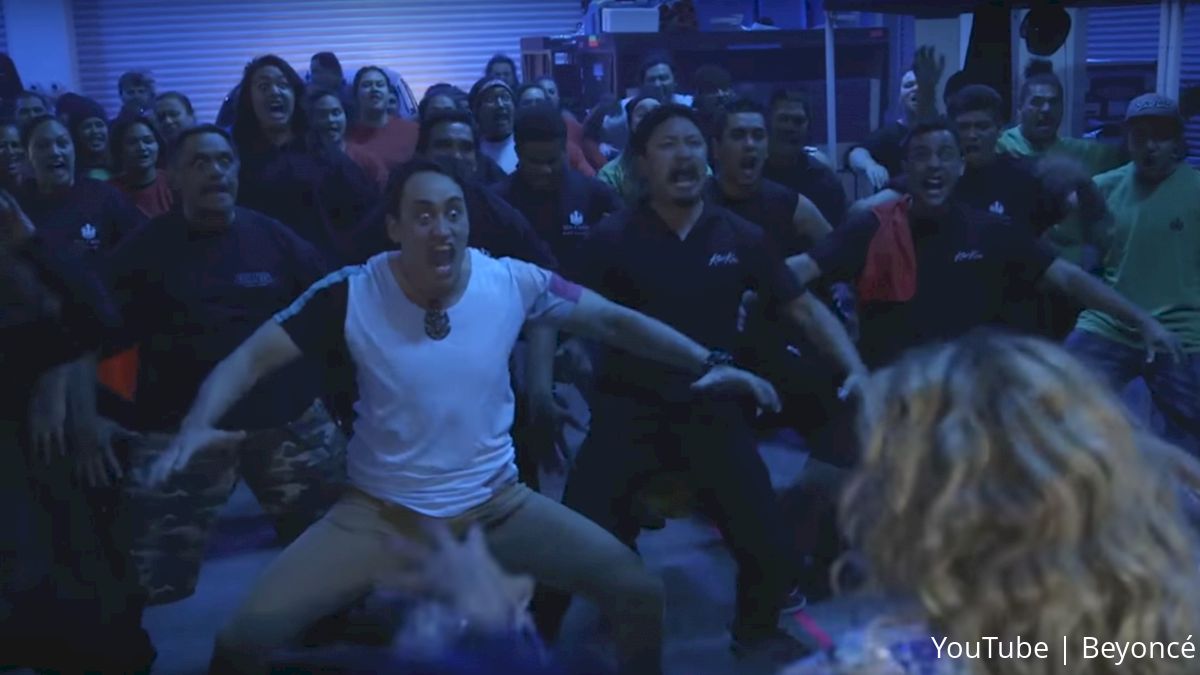Haka: The Most Intimidating Dance In The World
Haka: The Most Intimidating Dance In The World
The haka is an emblematic sign of heritage, tradition, and strength for the native Māori people who are indigenous to the island of New Zealand.

By Jennell Lewis
The haka is an emblematic sign of heritage, tradition, and strength for the native Māori people who are indigenous to the island of New Zealand.
Many of you might be familiar with the legendary haka if you've ever seen an All Blacks rugby game or the University of Hawaii play on their home field. To see one performed in person is electrifying. It intoxicates viewers and performers alike with a potent rush of energy and is as thrilling as it is intimidating.
Traditionally, the haka was performed by the Māori people as a war dance. Warriors would perform the routine for two purposes: to intimidate their opponents and to invigorate their soldiers and prepare them for the fight ahead.
Warriors would chant war cries in a threatening voice while beating their chest wildly, sticking out their tongues, and bulging out their eyes. They would choreograph and rehearse these pre-war rituals prior to marching on the battlefield to ensure the perfection and ferocity of their cry.
Over time the haka began to evolve and take on a new meaning. Women are not only allowed but also encouraged to perform the haka, and there are even special versions of the dance created for them.
While it was once used primarily in times of war, the haka is now reserved for celebration, community bonding, weddings, funerals, and national events.
The famous All Blacks rugby team is notorious for the haka its players perform before every match. Their particular haka is called “Ka Mate” and was written by Te Rauparaha as an ode to life triumphing over death.
This day in age, the Māori people welcome anyone to join in their timeless tradition as long as they show the utmost respect for the art and understand the meaning behind the words and movements that they are engaging in.
Even Beyonce has joined in on the tradition. Check her out as she receives a royal Māori welcome backstage at her 2013 New Zealand concert.